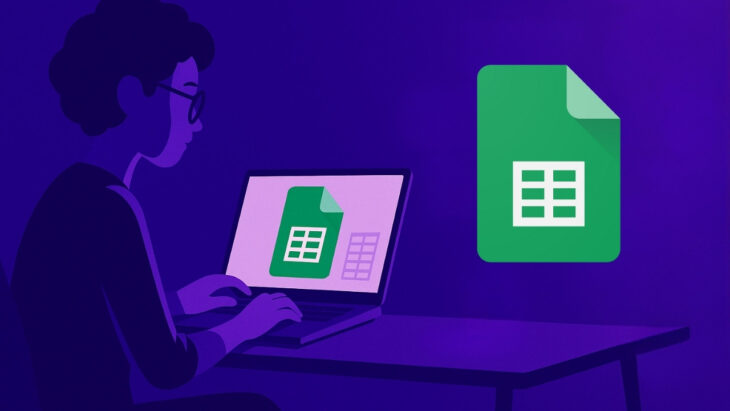Digital organization has become essential in managing busy schedules, obligations, and goals. Instead of relying on scattered notes or memory, many now prefer tools that allow centralized planning and real-time access.
Google Sheets offers flexibility, easy access across devices, and automation options that can simplify nearly every part of life. Its cloud-based format means changes are instantly saved and available anywhere.
Today, we will cover setup, functional dashboard creation, automation, data importing, and practical examples.
Table of Contents
ToggleGetting Started with Google Sheets
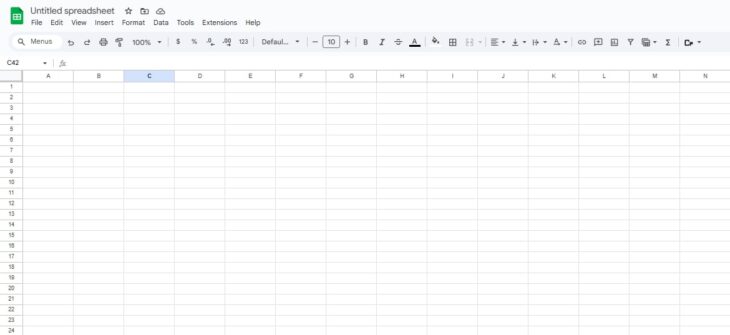
Google Sheets is a free, cloud-based spreadsheet application accessed through Google Drive. Its lightweight structure makes it ideal for collaborative work, offering real-time editing and sharing with others.
Teams that rely on CRM systems can further streamline workflows through Google Drive to Salesforce integration, enabling seamless data exchange and improved collaboration between sales and operations.
It also connects easily with Google Calendar, Gmail, and Google Forms, making integration across tasks seamless and efficient.
Compared to Excel, Google Sheets offers faster sharing, easier mobile access, and automatic cloud backups. While Excel provides more robust features for complex data analysis, Sheets is more than enough for personal productivity, planning, and life organization.
Before diving into more advanced uses, getting comfortable with the interface helps everything fall into place. Some essential components to recognize include:
- Cells: Tiny boxes where you enter data, whether numbers, words, or formulas
- Rows: Horizontal lines of cells, often used for listing records or events
- Columns: Vertical lines of cells that categorize or group data
- Ranges: Collections of cells selected together for sorting, formatting, or calculating
- Formulas: Commands that calculate or manipulate data, such as =SUM(A1:A10) for adding values
Creating a new sheet takes only a few seconds. Go to Google Drive, click “New,” and select Google Sheets.
A blank canvas appears, ready to be filled. Use the toolbar to bold text, color headers, freeze important rows, adjust column widths, or apply borders for neatness.
Naming your sheet is just a click at the top-left corner. Color-coding tabs or renaming them helps keep files organized, especially when managing multiple aspects of life in one workbook.
Built-in templates are incredibly helpful. Click on “Template gallery” at the top of the Sheets homepage to explore ready-made solutions like to-do lists, monthly budgets, and attendance trackers. Templates save setup time and give a visual head start for formatting.
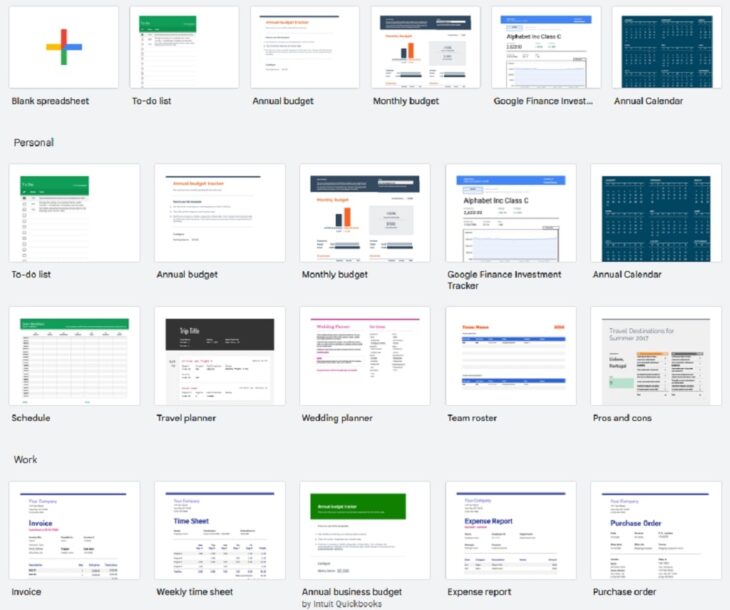
Keyboard shortcuts can also boost efficiency:
- Ctrl + / (Windows) or Cmd + / (Mac): Open a full list of shortcuts
- Ctrl + Shift + V: Paste without formatting
- Ctrl + ;: Insert today’s date
One of the first sheets many users create is a simple budget. Start with columns for Date, Category, Amount, and Type (Income/Expense). Later, add charts or SUM formulas to make personal finance more visual and automatic.
Building Your Life Dashboard
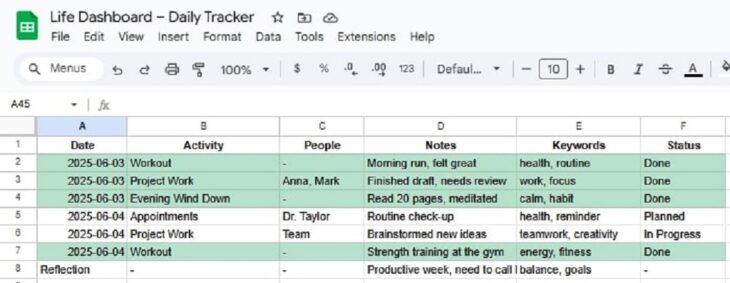
A personal dashboard created in Google Sheets can act as a command center for daily life. By keeping priorities, activities, notes, and relationships in one place, staying on track becomes much easier. Rather than juggling multiple notebooks or apps, a single dashboard brings clarity and control.
Start with a sheet titled “Daily Tracker.” Layout can be simple but effective, built using columns that focus on what matters most each day:
- Date
- Activity (Morning/Evening)
- People
- Notes
- Keywords
Use autofill to quickly generate date sequences down the column. Begin with just a few weeks’ worth of rows. For the Activity column, use a drop-down list with pre-defined options like “Workout,” “Project Work,” “Appointments,” or “Evening Wind Down.” That keeps entries clean and consistent.
Formatting boosts readability. Alternate row colors, bold headers, and use gray shades for past dates.
Add conditional formatting rules so that completed items turn green or overdue ones turn red. These visual touches help spot priorities at a glance.
Ask yourself:
- What took too much time?
- What was rewarding?
- Who do I need to reconnect with?
Add a “Reflection” row at the end of each week to record brief thoughts or summaries.
Organizing with Functional Tabs
Managing everything on one sheet becomes overwhelming quickly. Google Sheets allows you to create separate tabs within the same file, giving structure to different areas of your life without clutter.
Each tab becomes its own environment with a clear purpose and layout.
Start by identifying the key parts of life that need tracking or organization. Create tabs for each one and name them clearly. Here are some of the most effective options:
Health & Fitness Tracker
Track workouts, daily step counts, water intake, weight, sleep quality, or even mood. Use drop-down lists to log types of exercises or intensity levels.
Conditional formatting can help highlight days when goals were met. A simple line chart of weight trends or number of workouts per week helps visualize progress without external apps.
Budgeting and Expense Log
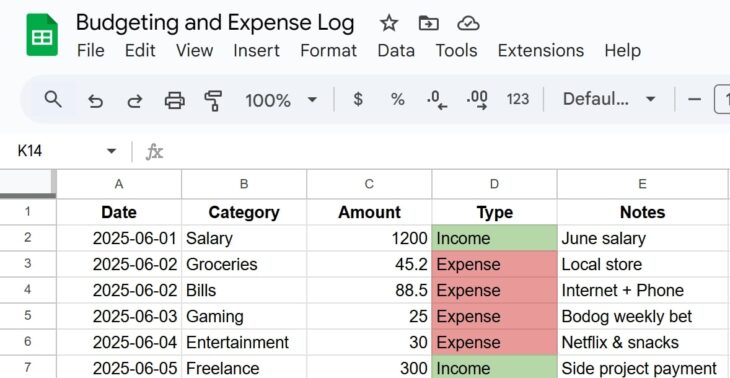
Personal finance thrives on visibility. Set up columns for Date, Category, Amount, Type (Income/Expense), and Notes. Color-code income in green and expenses in red. Add drop-downs to select categories like “Groceries,” “Bills,” or “Entertainment.”
For example, if you have occasional spending on online gaming or sportsbooks like Bodog, create a category for “Gaming” to monitor those transactions over time.
Formulas like =SUMIF(Category,”Groceries”,Amount) help total expenses by type. Use pie charts to see how much of the budget goes toward different categories.
Work Tasks or Project Management
Create columns for Task, Priority, Due Date, Status, and Notes. Use filters to show only tasks due this week or incomplete items. Conditional formatting makes overdue tasks red and completed ones green. A Gantt-style timeline can be built using colored cells to visually track project timelines.
Meal Planning

Structure a weekly layout with days across the top and meals down the side. Create drop-downs for recipes or commonly eaten dishes. Add a linked grocery list below the weekly plan, automatically generated based on ingredients needed. Include notes like prep time or dietary restrictions.
Summary
Google Sheets can transform how daily life is managed. It brings structure, clarity, and automation into areas like productivity, health, work, and personal finance.
Start with one tab and add complexity over time. Focus on consistency, review weekly, and adjust as life evolves.
Treat your spreadsheet like a digital assistant that never forgets, always adapts, and helps keep everything on track.
